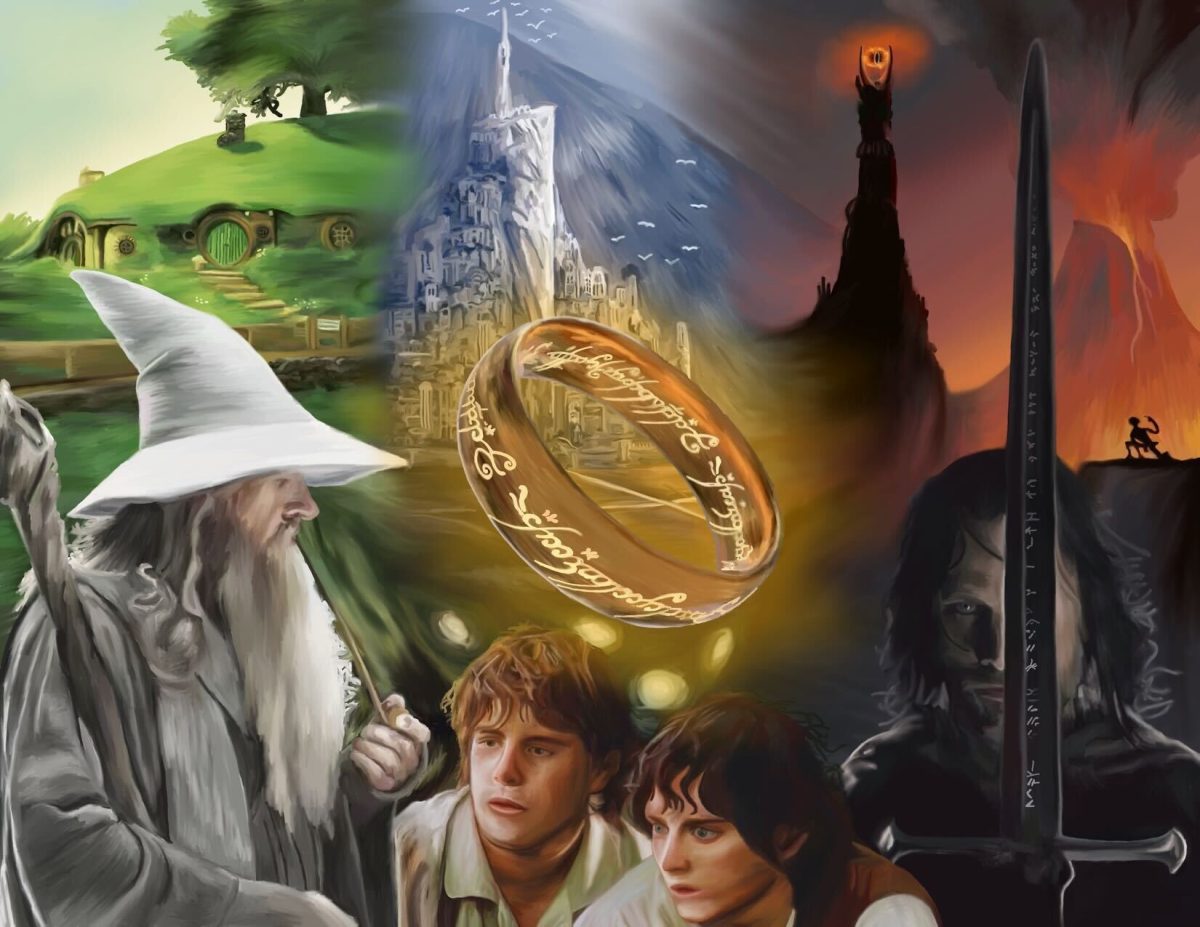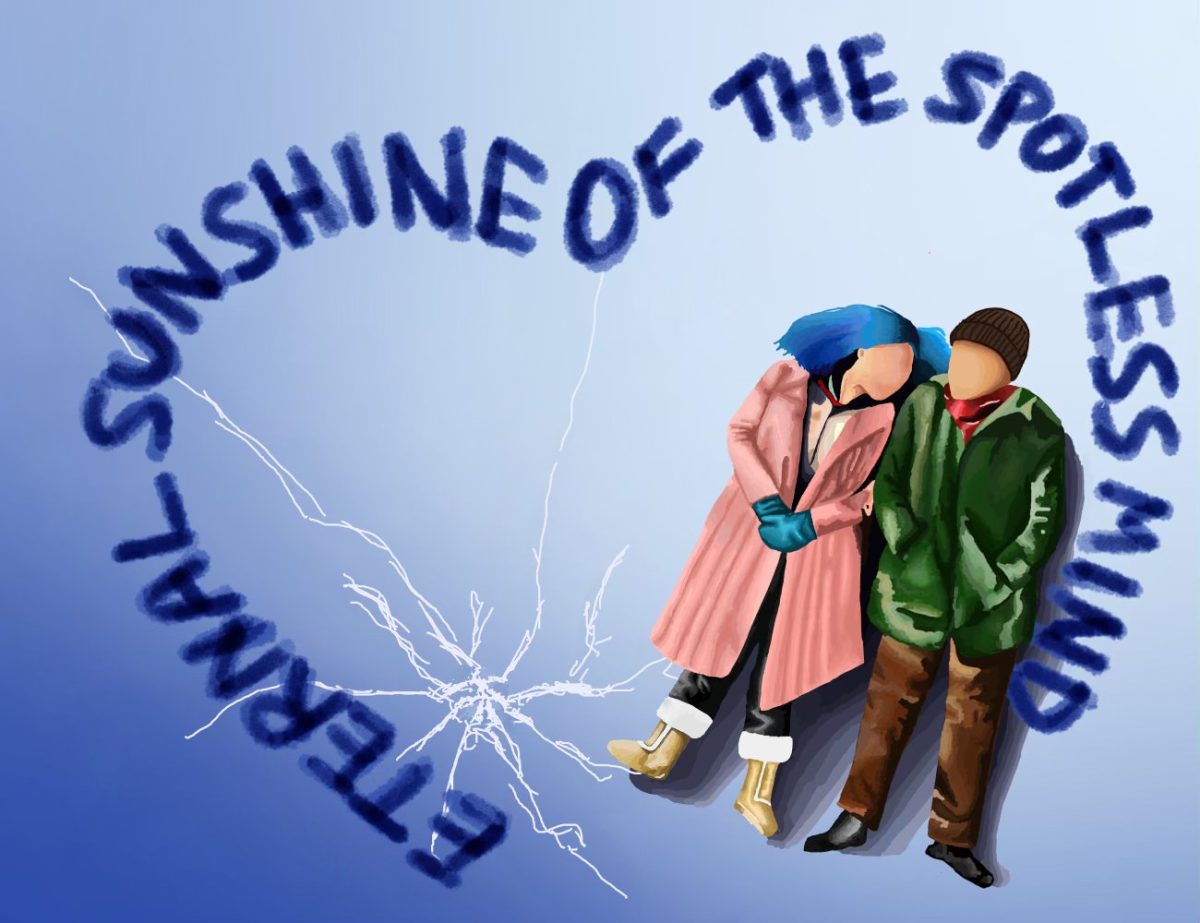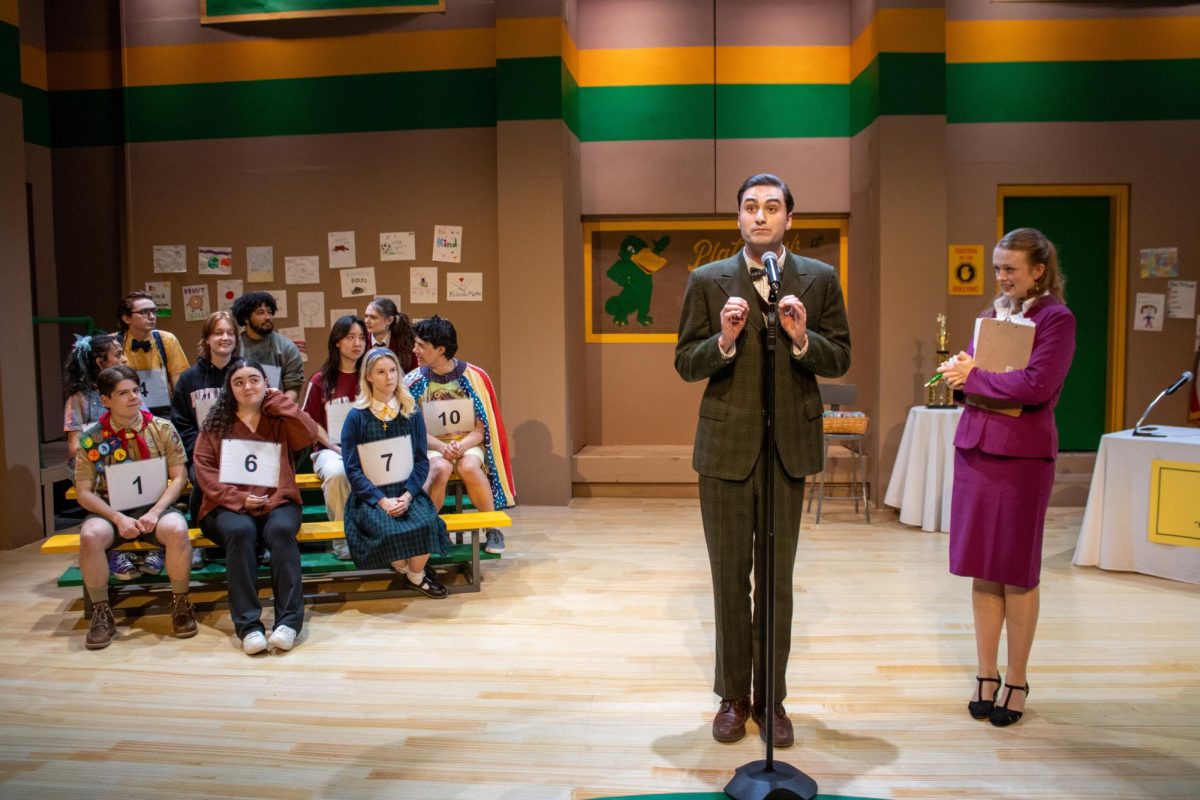This article is part of the “Retro Review” series. Each month, four films — united by a singular theme — are assessed. The theme for April 2024 is “literature adaptations.”
Harper Lee’s classic novel “To Kill a Mockingbird” is one of the most famous books of all time, especially among high school literature classes. Director Robert Mulligan had no easy task on his hands to bring the novel to the big screen, but he sure did pull through.
The story centers on a single father and his two kids in the fictional town of Maycomb, Ala. in the 1930s. The father, Atticus Finch (Gregory Peck), is a lawyer that defends Tom Robinson (Brock Peters), a Black man accused of rape, whose trial divides the racism-plagued town of Maycomb. Scout (Mary Badham) and Jem (Phillip Alford), Atticus’children, learn some of the evils of the world, while also being intrigued by their mysterious neighbor, Boo Radley (Robert Duvall).
The obvious star here is Peck, as he does an amazing job portraying the honest Atticus Finch. Atticus is harboring a great deal of pain from the death of his wife, but he tries to stay strong and composed for his children as well as Tom. Portraying a layered character like this isn’t a cake walk, but Peck nails it as the honorable lawyer.
Also, from Atticus Finch: unmatched style from head to toe. Mulligan knew what he was doing with that one — few people have been more stylish on screen and even fewer have rocked a pocket watch like that.
The main character’s role in the film, however, does come with problems. It’s clear that Atticus is serving as a white savior in this story, with the Washington Post saying that “at best, he was the least overtly racist person in a racist town.” One direct example comes from the scene where everyone stands as Atticus walks out of the courtroom. Sure, it’s to honor his effort as an attorney defending Tom, but it definitely adds to the feeling that his character is a white savior. It’s certainly not a perfect story, one of the reasons being the flawed character and savior nature of Atticus.
The best performance, however, comes from Peters as Tom. While he doesn’t have many scenes to put his acting on display, the few that he does have are the most important in the film. Especially in the trial scene, when Atticus is questioning Tom on whether he raped Mayella Ewell (Collin Wilcox), Peters delivers breathtaking and heartbreaking acting.
Speaking of that trial scene, it lives up to all of its hype. It may be long, but it truly delivers in creating a tense atmosphere, making the jury’s guilty ruling that much more devastating.
The two main child actors, Badham and Alford, also absolutely kill it in their roles. It’s a heavy film, with many complicated scenes and relationships, so it’s a ridiculous achievement for these two young actors.
The visuals of this film are also quite striking. One scene in particular sees Scout counting to herself, as she anxiously waits for Jem to come back from retrieving his pants from someone’s yard. Instead of just zeroing in on Scout, the camera focuses on the fence that Jem just ran through, as a piece of loose wood eerily and slowly swings back and forth, just like a metronome. The hollow and slow town is shot to perfection by cinematographer Russell Harlan.
Throughout the film, the mystery of the Finch’s neighbor remains. Constant rumors swirl around Boo, most pretty awful, but it all eventually leads to one of the best character reveals of all time.
However, it’s hard to call this film great. It’s slow at parts and the 129-minute run time can be felt toward the end (due to the first 40 minutes of the film just feeling long), but it does attempt to tackle issues and themes still prevalent in the world today and honors its original source.
“To Kill a Mockingbird” covers a lot of ground in depicting the stereotypes and racism that plagued — and still plague — this country. It’s certainly not a perfect depiction, especially with the problems with Atticus’ character and the film’s slowness, but it’s still worth a watch.
















